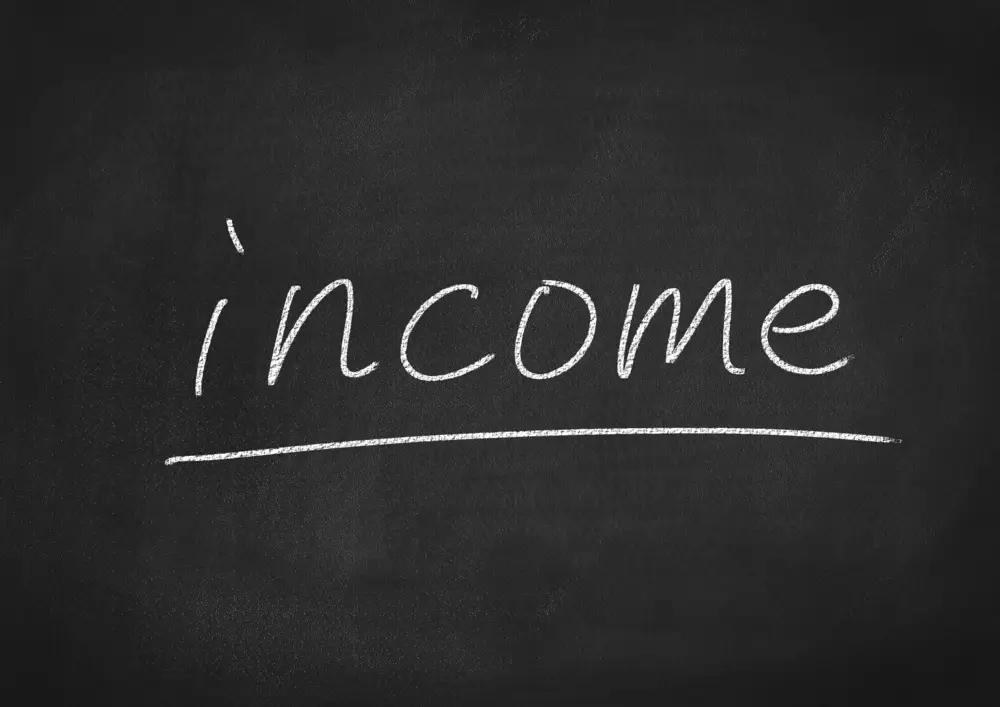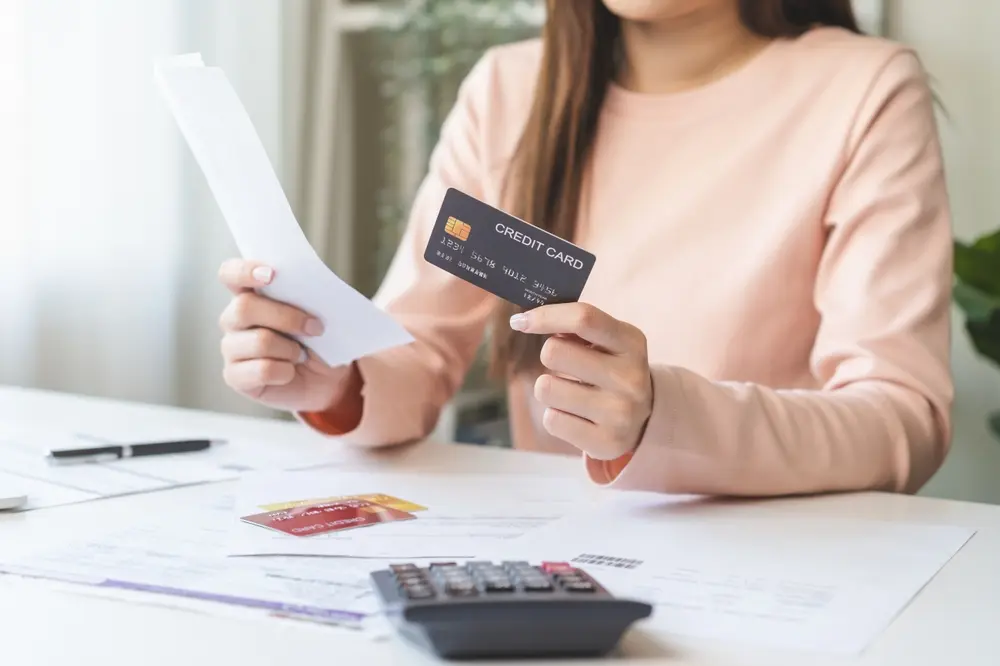Cash Envelopes: A Timeless Approach to Financial Management
For decades, people have used cash envelopes—a classic yet useful tool for budgeting—to help them more wisely handle their money. Originally from a time when digital banking was nonexistent, cash envelopes offered a simple approach to divide money for different uses. The idea of cash envelopes is still important in the fast-paced environment of today when digital transactions rule and their physical approach to money management is crucial. Examining various uses through cash envelope wallets, budget envelopes, and financial envelopes, this paper investigates the importance of cash envelopes in modern financial practices.
What Are Cash Envelopes?
In budgeting, cash envelopes are actual instruments used to control and arrange costs. Usually straightforward envelopes, each marked with a certain spending category— food, utilities, entertainment, etc.—they are Once money is placed into these envelopes, people use the cash just for the intended use.
Encouragement of consumers to spend just the money in the envelopes via the cash envelope method fosters financial discipline. Cash envelopes provide a natural spending restriction unlike credit cards or other payment methods, which simplifies tracking of expenses. As people grow more conscious of their financial limits, this approach also helps with mindfulness in spending. Budget envelopes translate abstract figures into real-world cash distributions, therefore serving as a visual guide of one’s financial plan.

Cash Envelope Wallets
Designed specifically to securely hold several currency envelopes, a cash envelope wallet is These wallets include sections or divisions to keep envelopes orderly unlike standard wallets. Some even include labeled divisions for several spending categories, therefore simplifying budgeting.
Different tastes and demands are catered for by the several designs and materials used in cash envelope wallets. Popular choices are durable leather wallets, environmentally friendly fabric wallets, and small, portable designs. Many wallets today provide RFID protection to fight against digital theft, therefore modernizing this age-old technique.
Using a cash envelope wallet offers many different advantages. They help consumers take their budgeting system whenever they go by combining the organizational capabilities of budget envelopes with the usefulness of a standard wallet. These wallets also guarantee that money stays safe by helping to stop the loss or misplacing of individual envelopes.
The Purpose of Putting Money in Envelopes
People design a clear, physical budgeting system by stuffing money into envelopes. By separating money into particular categories, this approach helps to simplify financial management and facilitate the allocation of funds for both mandatory and discretionary needs.
Handling cash gives one of the psychological advantages of using cash envelopes a tactile sensation. Seeing and feeling money leave an envelope helps one to develop a closer relationship to spending choices. This physical interaction usually helps to promote conscious consumption and helps to lower impulsive purchasing.
Cash envelops can help to track expenses. Unlike modern tools, which could sometimes appear abstract, the envelope system shows right away how much money is still left for every category. Digital instruments lack the emotional and sensory interaction given by cash envelopes even if they offer ease and automation.

Types of Financial Envelopes
Designed especially for budgeting, financial envelopes vary from standard envelopes in their shape and intent. Their intended usage determines their classification, therefore guaranteeing complete coverage of a person’s financial necessities. Typical varieties are:
- Fixed Expenses: These envelopes pay for electricity, insurance fees, rent, and mortgage payments—among other regular expenses. Funding fixed expenses first guarantees that necessary responsibilities are fulfilled.
- Variable Expenses: Under this category are envelopes for dining out, transportation, entertainment, and groceries. These expenses vary, hence meticulous tracking is absolutely essential to prevent overspending.
- Savings and Emergency Funds: Financial envelopes set aside for emergencies or savings enable people to be ready for unanticipated bills or future aspirations. These envelopes help to offset financial uncertainties.
Every area is very important in building a balanced budget so that people may control long-term goals as well as urgent requirements.
Benefits of Using Cash Envelopes
The cash envelope approach has several benefits outside simple budgeting. Encouragement of conscious expenditure is one of the main advantages. Users are less prone to make impulsive purchases by keeping expenses to the funds on hand.
The approach also lessens the need for credit cards, therefore lowering the debt risk. This strategy promotes people to live within their means by complementing simple financial ideas. By lowering the requirement for paper receipts and hence avoiding waste connected with digital transactions, cash envelopes also help environmentally friendly practices.
Still another important benefit is the system’s simplicity. Cash envelopes are easily available to people of all ages and financial literacy levels since they lack technical knowledge unlike sophisticated budgeting tools or applications.
Practical Tips for Implementing the Cash Envelope System
Although it’s simple starting with the cash envelope approach, careful planning is needed. These are useful guidelines to get going:
- Determine Your Budget: Start by figuring your overall revenue and noting your monthly outlays. Sort these outlays into fixed and variable costs.
- Choose a Cash Envelope Wallet: Invest in a wallet made for cash envelopes to maintain portable and orderly budgeting method.
- Allocate Funds: Pull money from your bank into envelopes according to your budget categories. Clearly label every envelope.
- Track Spending: Spend just the money in the envelopes for every category. Steer clear of borrowing from other envelopes; this will throw off your budget.
- Adjust as Needed: Review your budget often to be sure it supports your financial objectives. Correct based on changes in income or expenses.
Following these guidelines will help people design an efficient and sustainable budgeting system encouraging financial stability.

Modern Trends in Cash Envelopes
Modern developments have evolved into part of the currency envelope system. While changeable parts let consumers fit their wallets to particular demands, cash envelope wallets today include RFID shielding to stop digital theft.
Additionally becoming rather popular are digital variations of the currency envelope concept. Inspired by the envelope technique, mobile apps let consumers virtual fund allocation into digital envelopes. While keeping the core of the old system, these apps provide the ease of cashless transactions.
Moreover, some budgeting applications combine digital and physical aspects, therefore giving consumers the best of both worlds. These mixed solutions show how the cash envelope system keeps changing with the financial environment.
Challenges and Limitations of the Cash Envelope System
Though the cash envelope system has numerous advantages, it is not without difficulties. Its reliance on cash is one obvious restriction; in a society going more cashless, this can be problematic. Many companies and services today either prefer or demand digital payments, hence it is challenging to use cash alone on its own.
Potential lost or stolen envelopes provide another difficulty and can cause cash losses. People should keep their envelopes in safe places and think about adopting cash envelope wallets for extra security to help to lower this danger.
Notwithstanding these constraints, the fundamental ideas of the currency envelope system continue to be important. Users can modify the system to handle its difficulties, such adding digital budgeting tools next to actual envelopes.
Conclusion
Cash envelopes are essential in personal finance since they encourage simplicity, attentiveness, and discipline, therefore guiding behavior. Even if digital financial tools are becoming more and more important, their physical method to budgeting is still applicable. This technique enables people to take charge of their money whether via creative cash envelope wallets, conventional budget envelopes, or digital versions.
Investigating choices like hybrid budgeting systems or wallet with cash envelopes would enable consumers to balance modernism with legacy. The cash envelope system helps people to improve their money management and open the path for a more safe and conscious future.



